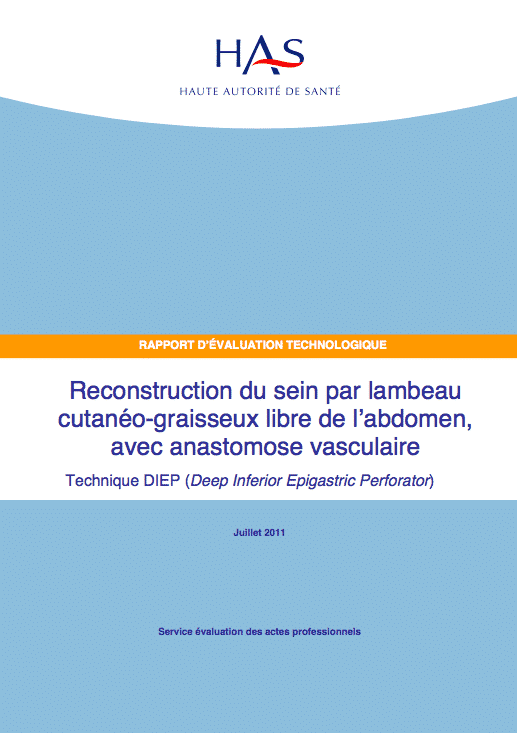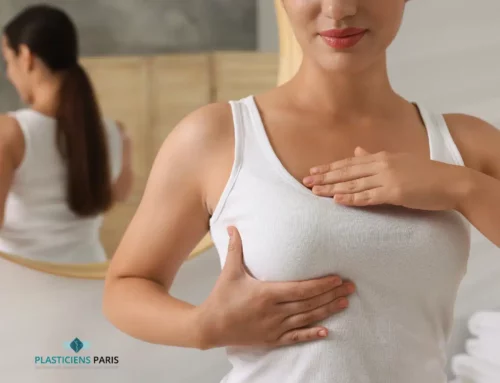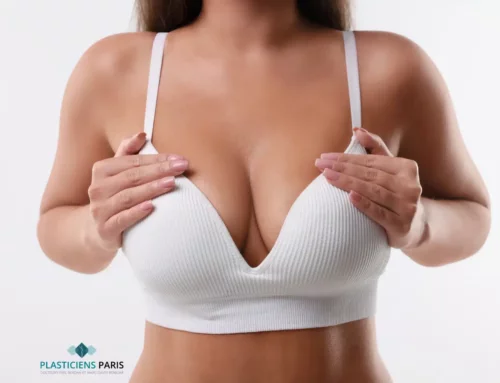
Suite à l’action d’une association de patientes, la haute autorité de santé, saisie par l’assurance maladie, a réuni en juillet 2011 un collège d’experts afin d’évaluer la technique de reconstruction mammaire par lambeau libre abdominal DIEP.Cette évaluation est le préalable à l’éventuelle création d’un code spécifique à cette technique dans la nomenclature des actes médicaux de l’assurance maladie (CCAM).En effet, cette technique est pour le moment codée comme un lambeau non spécifique à la reconstruction mammaire qui ne tient pas compte des difficultés techniques de cette intervention. Elle est donc sous-évaluée financièrement pour le praticien et surtout pour l’établissement de santé.
The conclusions of this report are very clear:
the DIEP technique has proven benefits in terms of quality of life and aesthetic satisfaction - its benefits are stable over time(Reconstruction mammaire DIEP - Stabilité)
- unlike the TRAM technique, it causes few abdominal sequelae
- its main complication is total necrosis due to vascular thrombosis, estimated at 5% of cases (equivalent to the TRAM technique)
TheHAS recommends that this technique be validated for the following indications:
- after therapeutic mastectomy (removal) for breast cancer
- after prophylactic mastectomy (in women with BRCA 1 OR 2 genetic mutation)
- for hypoplastic congenital breast defects.
Women eligible for this technique must not smoke heavily around the time of the procedure, and must have excess abdominal skin and fat.
The surgical team must be composed of :
- two surgeons: one working on the donor site, the other on the recipient site. At least one of the two surgeons must be trained in microsurgery (DU de microchirurgie).
- at least two operating aids
- an instrumentalist
La surveillance postopératoire repose sur la surveillance du lambeau pendant les 24 premières heures après l’intervention à la recherche d’un risque de nécrose. Nous avons mis en place une telle équipe au sein de la clinique de l’Alma à Paris pour pouvoir réaliser en clinique privée cette intervention. Nous espérons que la CCAM va rapidement valider un code spécifique pour que cette technique puisse enfin se développer en France, notamment dans le secteur privé.
For further information:




